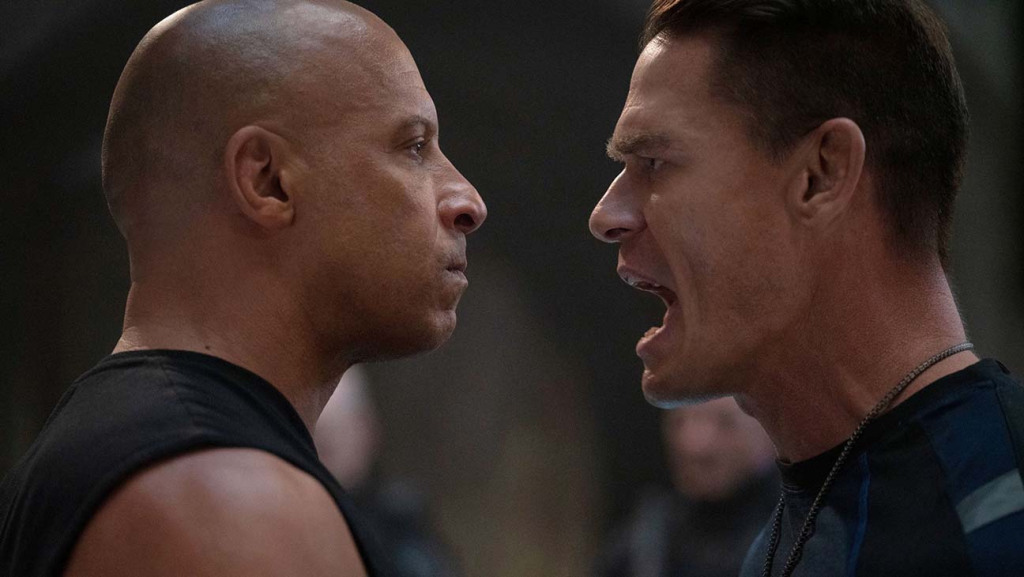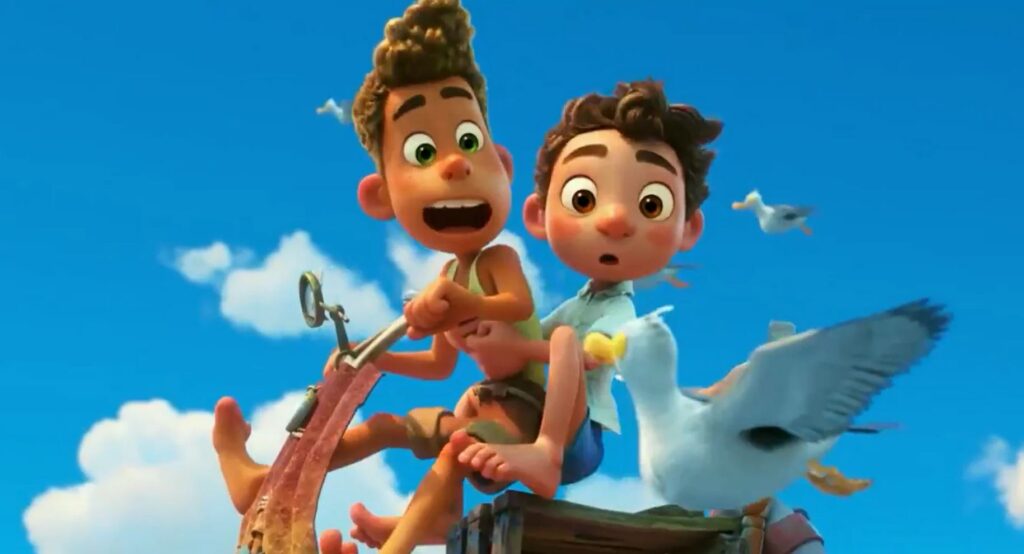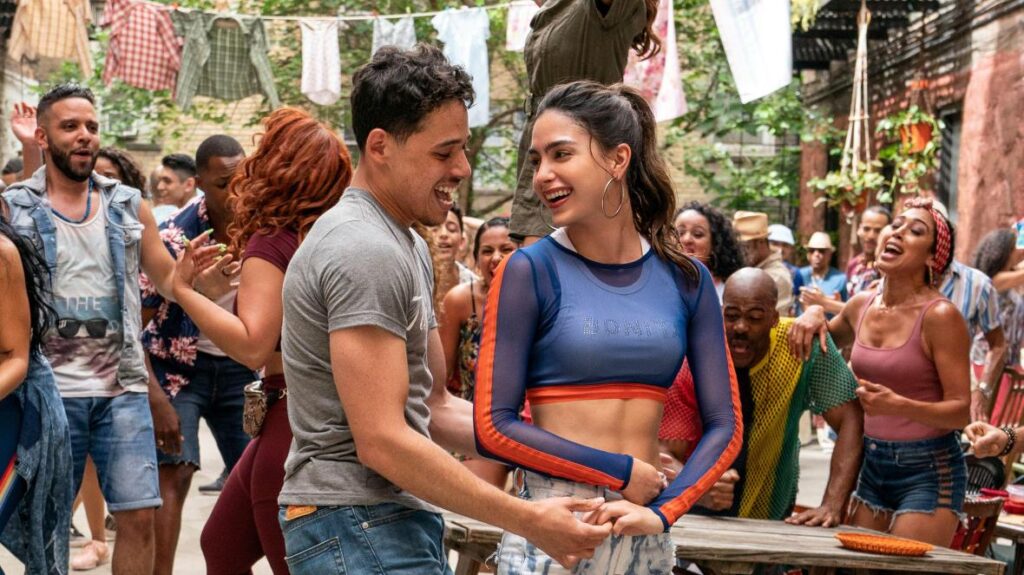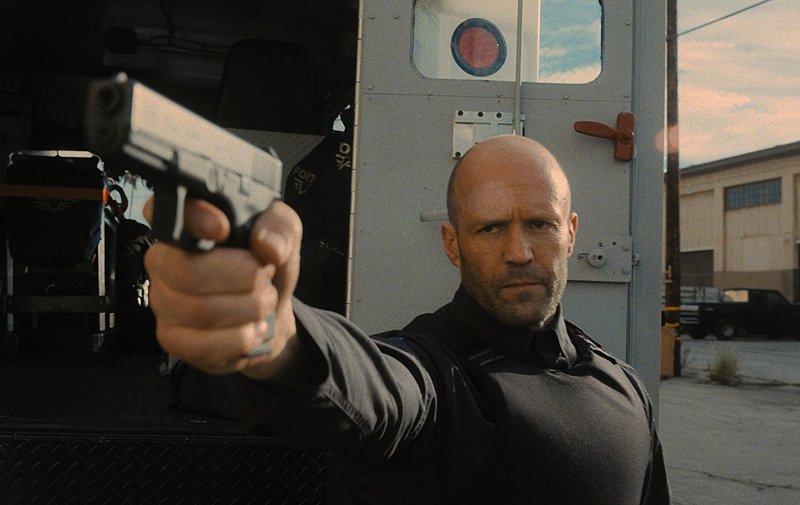F9: The Fast Saga: Love Motion No. 9, Now with Magnets

The Fast and Furious movies are rarely funny—what passes for comedy typically involves shrieks from Tyrese Gibson, followed by pained reaction shots from Ludacris—but at least one moment in F9: The Fast Saga made me laugh. Describing the logistics of an impending piece of preposterous derring-do, Tej (Ludacris) calmly declares, “As long as we obey the laws of physics, we’ll be fine.” To quote Frances McDormand in Almost Famous: funny joke! It’s been two decades since this nominal saga began with a B-movie production of underground street racers hijacking trucks full of DVD players; as the installments have grown increasingly expensive and elaborate, their interest in physical plausibility has correspondingly waned to the point of vanishment. Over the course of F9’s long and loud 145 minutes, cars don’t just zoom down roads and across bridges and into the occasional wall; no, they leap off cliffs and crash through department stores and even careen through outer space. Forget physics—the only law this movie is interested in obeying is the law of the sequel.
This isn’t necessarily a complaint. While there’s something to be said for cinematic action that’s rooted in real-world corporeality, films that use convincing special effects to distort and exaggerate reality carry their own outsize appeal. My issue with the maniacal chaos of F9, which was directed by Justin Lin (helming his fifth entry in the franchise, and first since Fast & Furious 6), isn’t that it’s unrealistic but that it’s unexciting. No one could possibly accuse this movie of lacking energy or noise, but it rarely executes its vehicular mayhem with wit or distinction. It’s less an issue of credibility than anonymity; the film’s defining aesthetic personality is no more inventive than Cars Go Vroom. Read More




